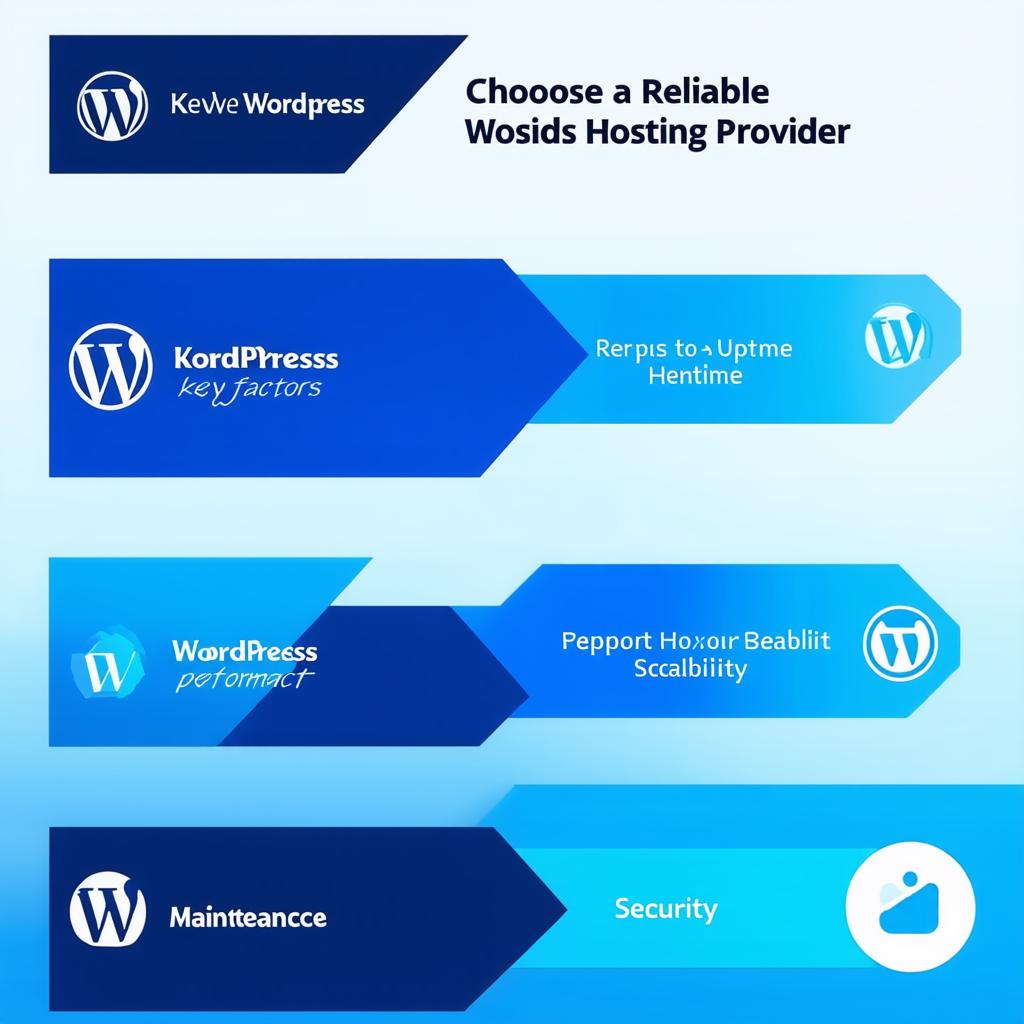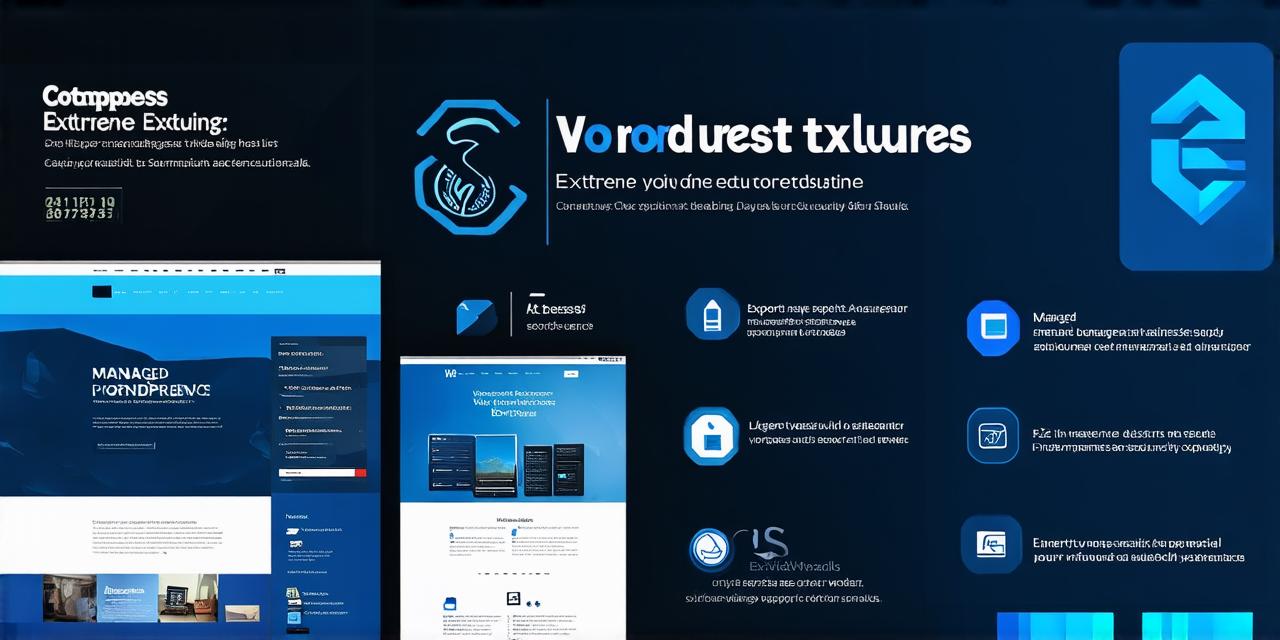Introduction
WordPress is the most popular content management system (CMS) on the internet, and it’s no wonder. With its intuitive interface, vast array of customization options, and the support of a massive community, WordPress has become the go-to platform for building websites of all sizes and types.
Choosing the Right Hosting Provider
When it comes to hosting your WordPress website, there are countless options available. From shared hosting to dedicated servers and everything in between, it can be overwhelming to choose the right provider for your needs.
1. Reliability and uptime: Your hosting provider should offer a reliable service with high uptime (99% or more) to ensure that your website is always available to your visitors.
2. Performance: Look for a provider that offers fast load times, low latency, and a responsive platform to ensure that your site loads quickly and performs optimally.
3. Scalability: Choose a hosting provider that can scale with your needs as your website grows, so you’re not limited by resource constraints.

4. Security: Select a provider that offers robust security features like firewalls, malware scanning, and DDoS protection to keep your site safe from cyber threats.
5. Support: Look for a hosting provider that offers 24/7 support via phone, email, or live chat, so you can quickly resolve any issues that may arise.
Some of the top WordPress hosting providers include Bluehost, SiteGround, WP Engine, and DreamHost. Each of these providers has its own unique strengths and weaknesses, so it’s important to do your research and choose the one that best fits your needs.
Optimizing Your Website for Speed
Speed is a critical factor in ensuring a good user experience and keeping your visitors engaged on your website. Here are some tips to optimize your WordPress website for speed:
- Use a Content Delivery Network (CDN): A CDN distributes your website’s content across multiple servers around the world, reducing the load on any one server and improving overall performance.
- Minimize HTTP requests: Reducing the number of HTTP requests required to load your website can significantly improve its speed. This can be achieved by combining CSS and JavaScript files, using image compression tools, and reducing the number of plugins and scripts used on your site.
- Optimize images: Large images are one of the biggest contributors to slow loading times. Use an image optimization tool like Imagify or TinyPNG to reduce the size of your images without sacrificing quality.
- Enable caching: Caching stores frequently accessed data in memory, reducing the number of database queries required to load your website and improving speed.
- Choose a fast hosting provider: As we mentioned earlier, choosing a reliable and high-performing hosting provider is crucial to ensuring a fast loading speed for your website.
Securing Your Site Against Hackers
WordPress sites are a prime target for hackers due to their widespread use and the abundance of vulnerabilities that can be exploited. Here are some tips to secure your WordPress site against cyber threats:
- Keep WordPress core, themes, and plugins up-to-date: Regularly updating WordPress core, themes, and plugins can help patch known security vulnerabilities and prevent attackers from exploiting them.
- Use strong passwords: Weak passwords are a common cause of WordPress hacks. Enforce strong password policies for all users on your site and consider using two-factor authentication for added security.
- Limit login attempts: Limit the number of login attempts allowed before locking out an IP address to prevent brute force attacks.
- Use security plugins: Security plugins like Wordfence or Sucuri can help protect your site against malware, viruses, and other threats by scanning your site for vulnerabilities and providing real-time monitoring and alerts.
- Back up your site regularly: Regularly backing up your WordPress site can help you recover from a hack or data loss and prevent downtime.
Scaling Your Infrastructure as Needed
As your website grows, you may need to scale your infrastructure to accommodate increased traffic and demand. Here are some tips to ensure that your WordPress site can handle increased load:
- Consider using a Content Delivery Network (CDN) to distribute content across multiple servers around the world.
- Optimize database queries by caching frequently accessed data and minimizing HTTP requests.
- Use a hosting provider that offers scalable infrastructure, such as Amazon Web Services or Google Cloud Platform.
- Implement load balancing to distribute traffic across multiple servers.
- Consider using a WordPress performance optimization plugin like W3 Total Cache or WP Super Cache to improve site speed and handle increased traffic.
By following these best practices, you can ensure that your WordPress website is fast, secure, and scalable, providing the best possible experience for your visitors.



